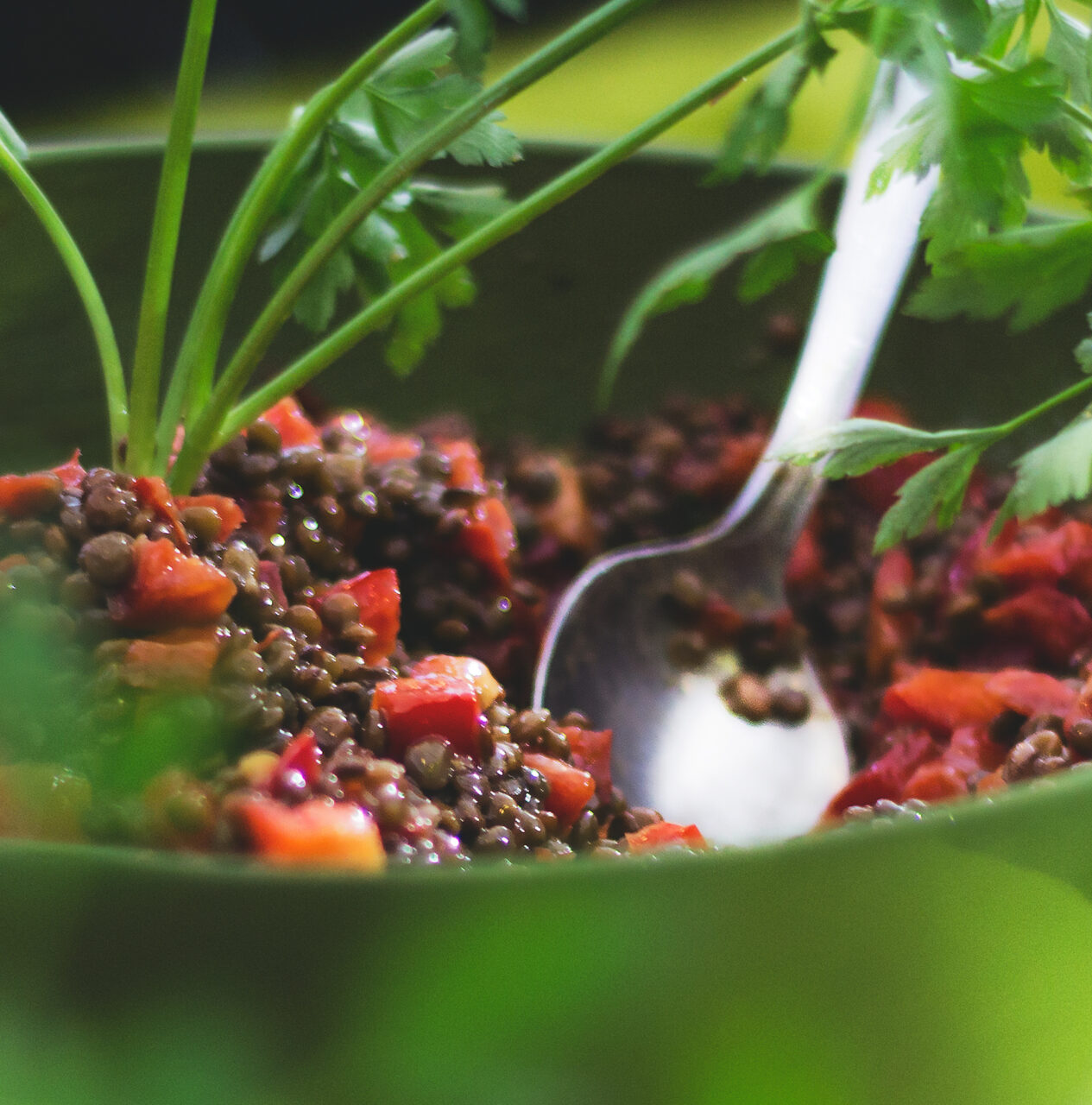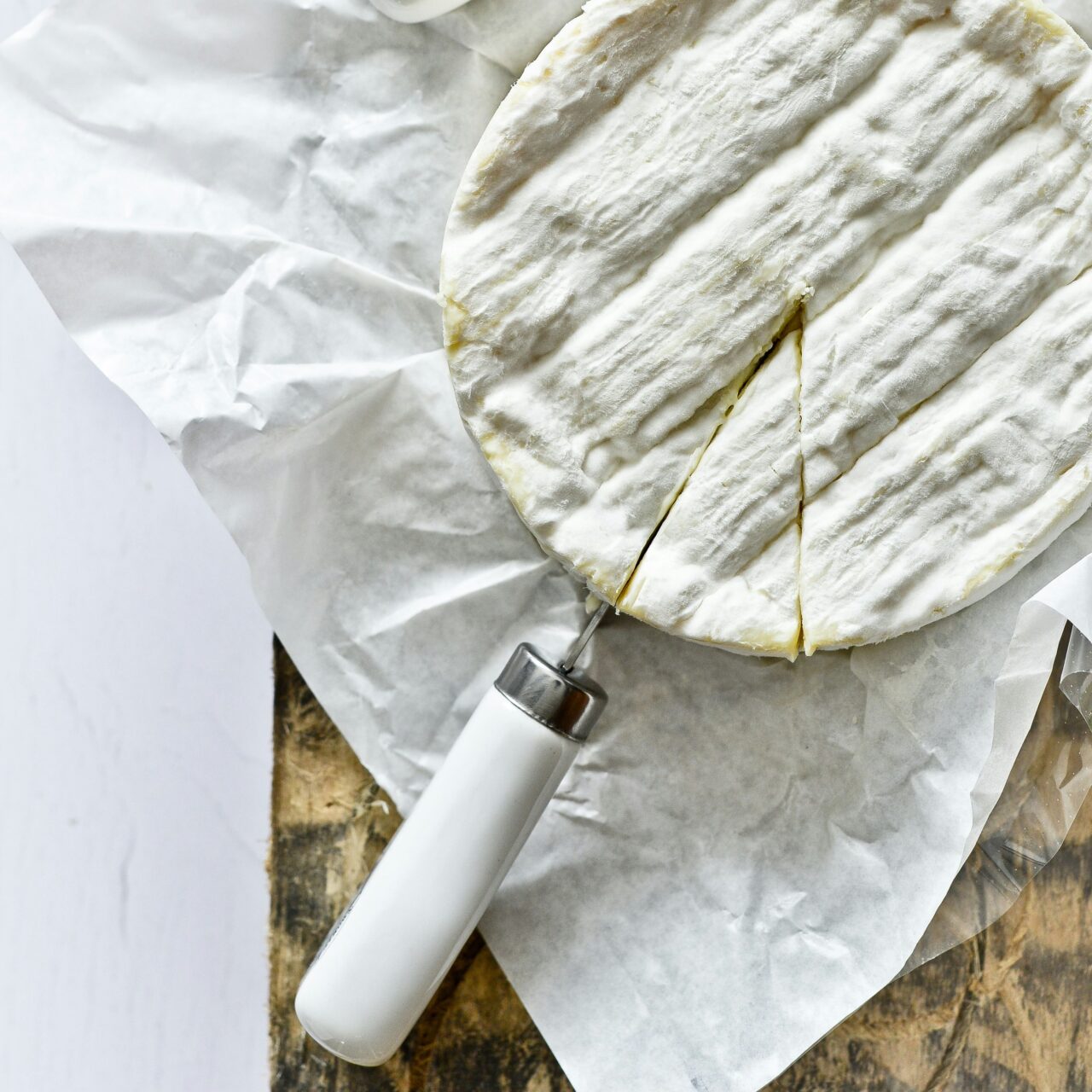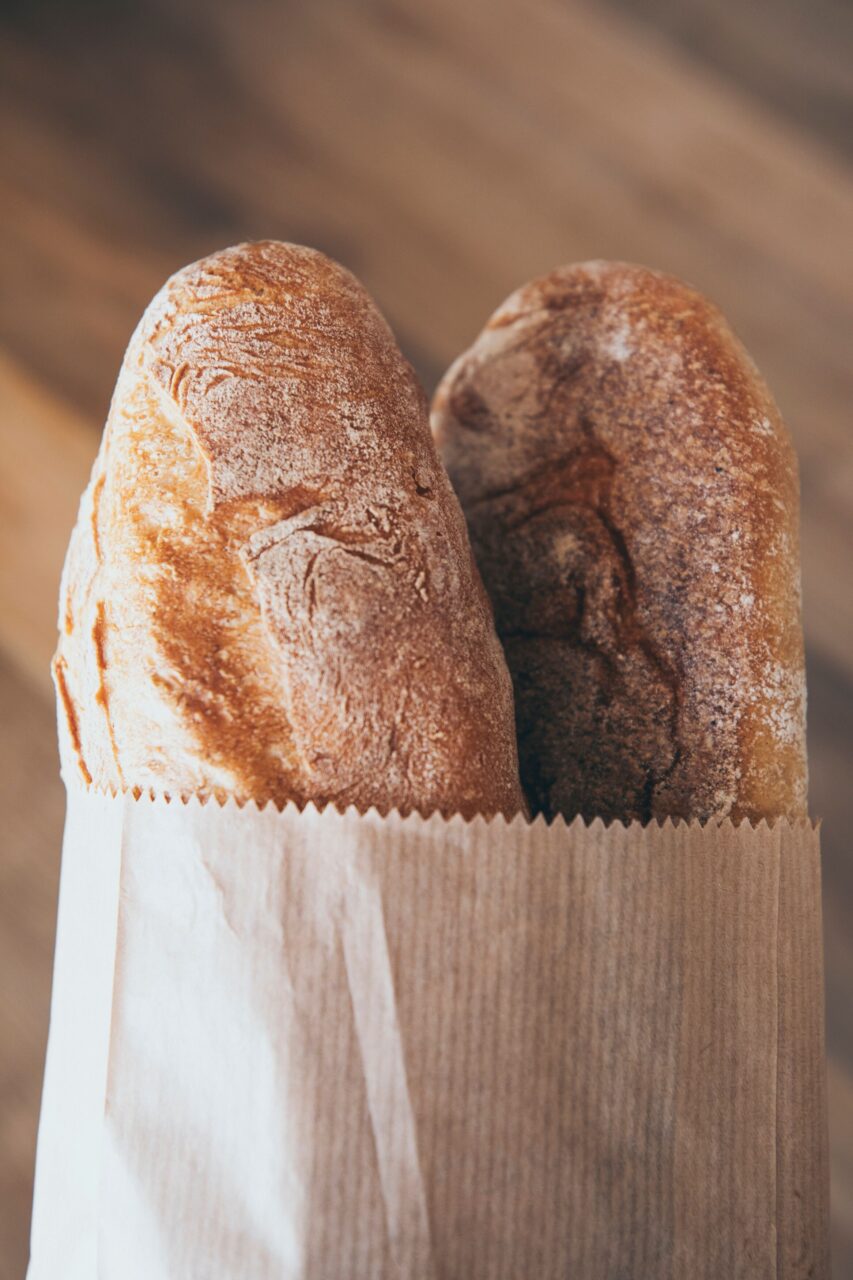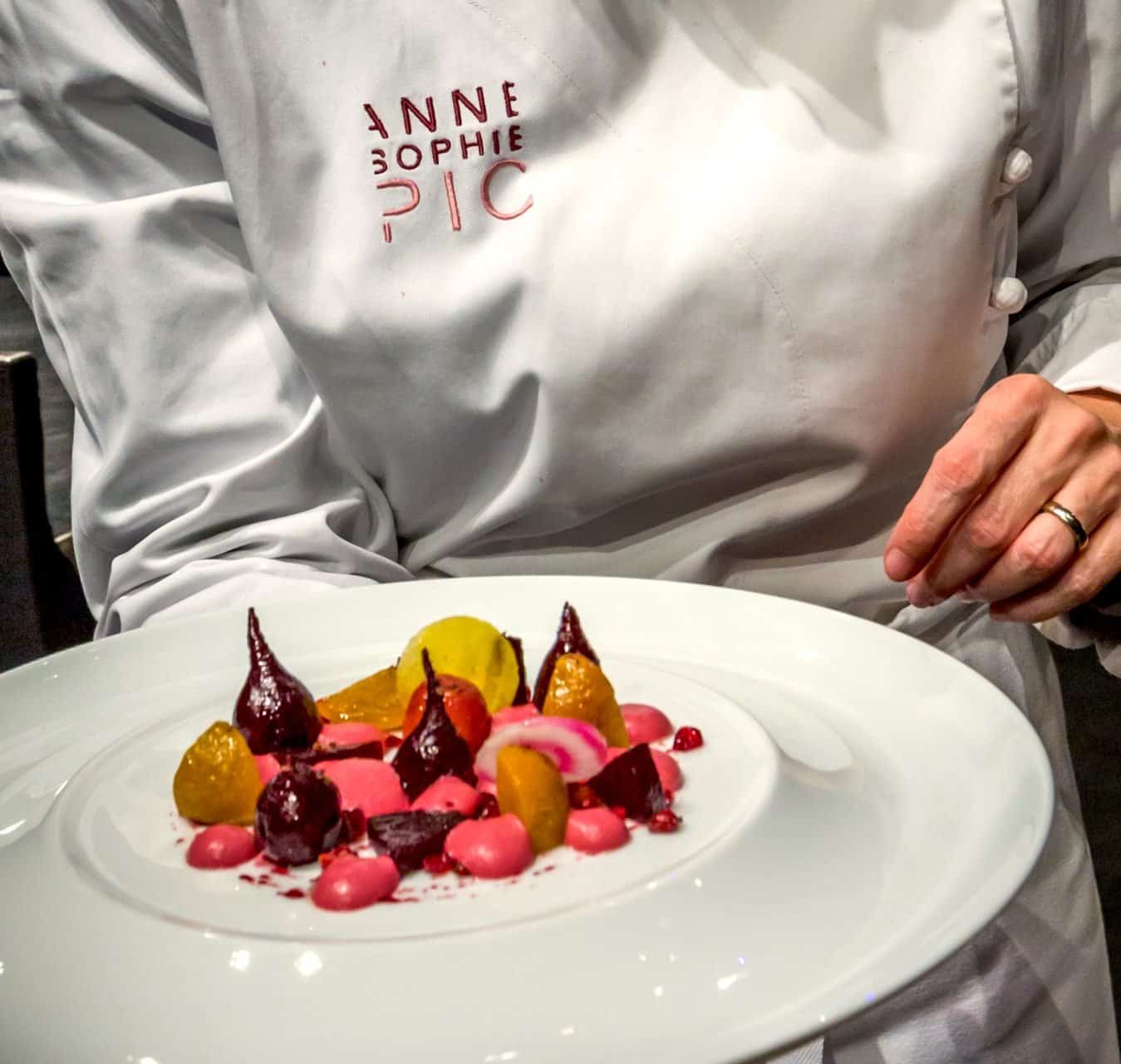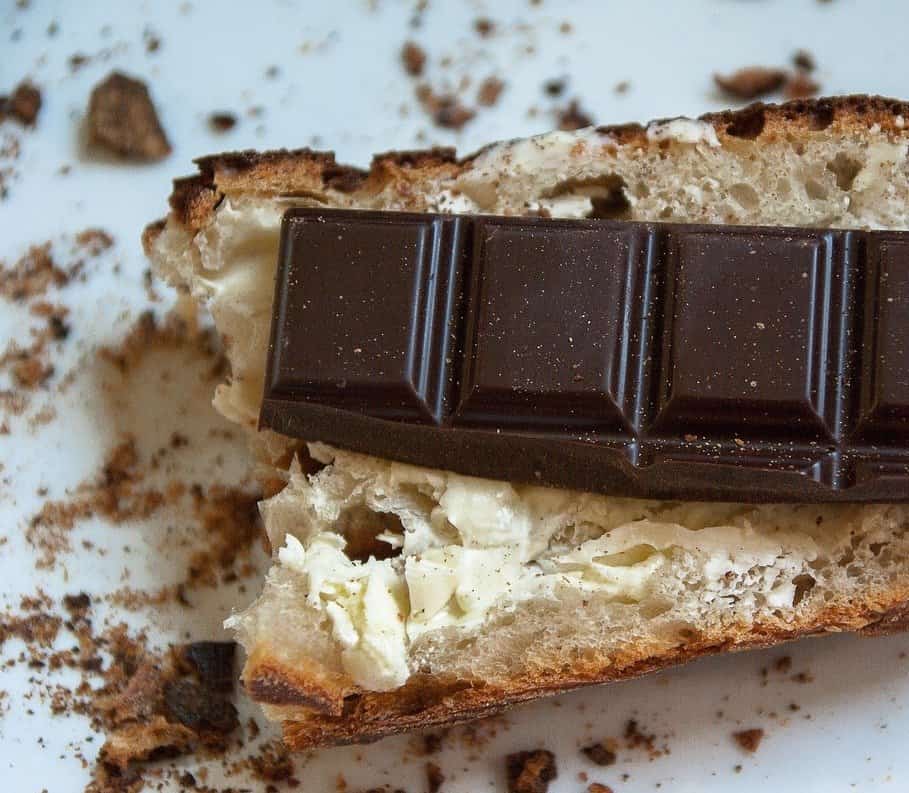The Spring edition of our bilingual magazine La Gazette is officially out! You can come get your free copy of the magazine at our NYC and LA locations or get it shipped directly to you with the Gazette Subscription! Here’s a sneak peek of the issue…
The word “chou”, in French, can sometimes be confusing due to its multiple meanings: sometimes it means cabbage, sometimes it’s used to replace the word “head,” yet “un bout de chou” refers to a kid, and I won’t even mention the word “chouchou” ! Today we will focus on “choux pâtissier,” also called “puff pastry” in English.
If you’ve ever walked into a Parisian bakery, chances are you’ve encountered the enchanting world of choux. These airy, golden puffs have a rich and storied history that stretches back through the annals of French culinary tradition.
By Pierre beaudet
A FRENCH LEGACY
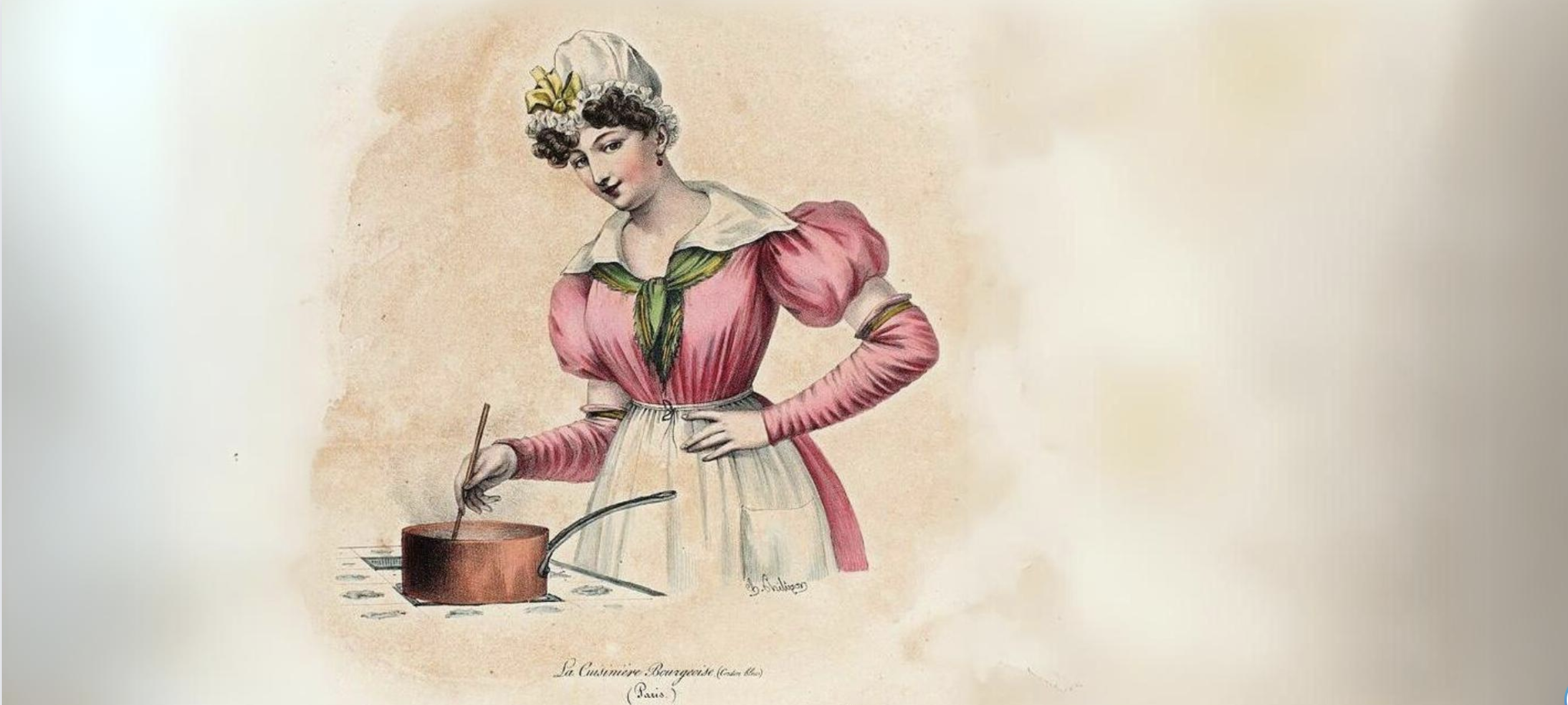
Just like with some other emblematic French recipes, like macarons, béchamel sauce or frangipane, a legend says that puff pastry was invented by the Italian cooks of the queen of France, Catherine de’ Medici, in the 16th century. This is actually a myth popularized by 19th-century writers, and we can actually find traces of popelin, the ancestor of modern puff pastry as early as the 13th century, prepared over fire with a heated pastry (“pâte à chaud”), that over time became pâte à choux or “choux pastry” over time.
The recipe for choux took its modern form in the 18th century with Menon, writer of La Cuisinière Bourgeoise, and gained recognition during the following century, thanks to Antonin Carême, father of French haute cuisine and the first great international chef.
Practice your French:
-
-
- Watch this video about the true influence of the Catherine de Medici on French cuisine.
- Learn more about Antonin Carême by watching this video or listening to this podcast episode!
- Get your own copy of La Cuisinière Bourgeoise HERE.
-
A THOUSAND AND ONE CHOUX
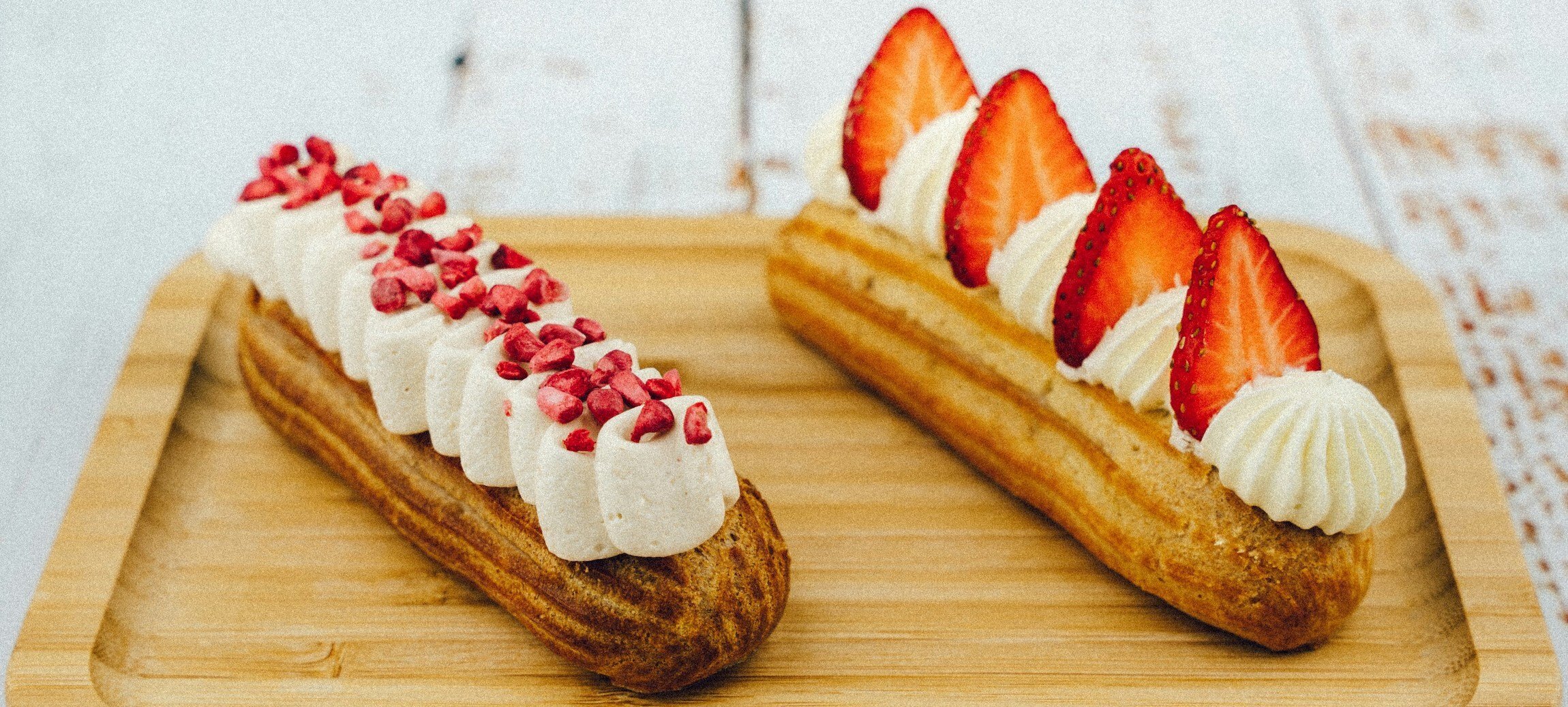
The beauty of choux pastry is that it has taken a central place in French cuisine and patisserie especially, which makes it a highly versatile base. Sprinkled with sugar, puffs become chouquettes.
Fill them with whipped cream to obtain cream puffs. You can also fill them with crème pâtissière and ice them: a longer chou will be called un éclair, while two on top of each other will give you une religieuse. A large chou shaped like a wheel and filled with praliné cream is called a Paris-Brest, and is one of my favorite desserts! Puffs filled with vanilla ice cream and covered with chocolate sauce become profiteroles.
Put together on a nougatine cone, you get a croquembouche. Deep fry them to get donuts called pets-de-nonne. Arrange them in a circle on puff pastry with whipped cream and caramel to recreate one of the most emblematic French pastries: Saint-Honoré.
MAKING CHOUX
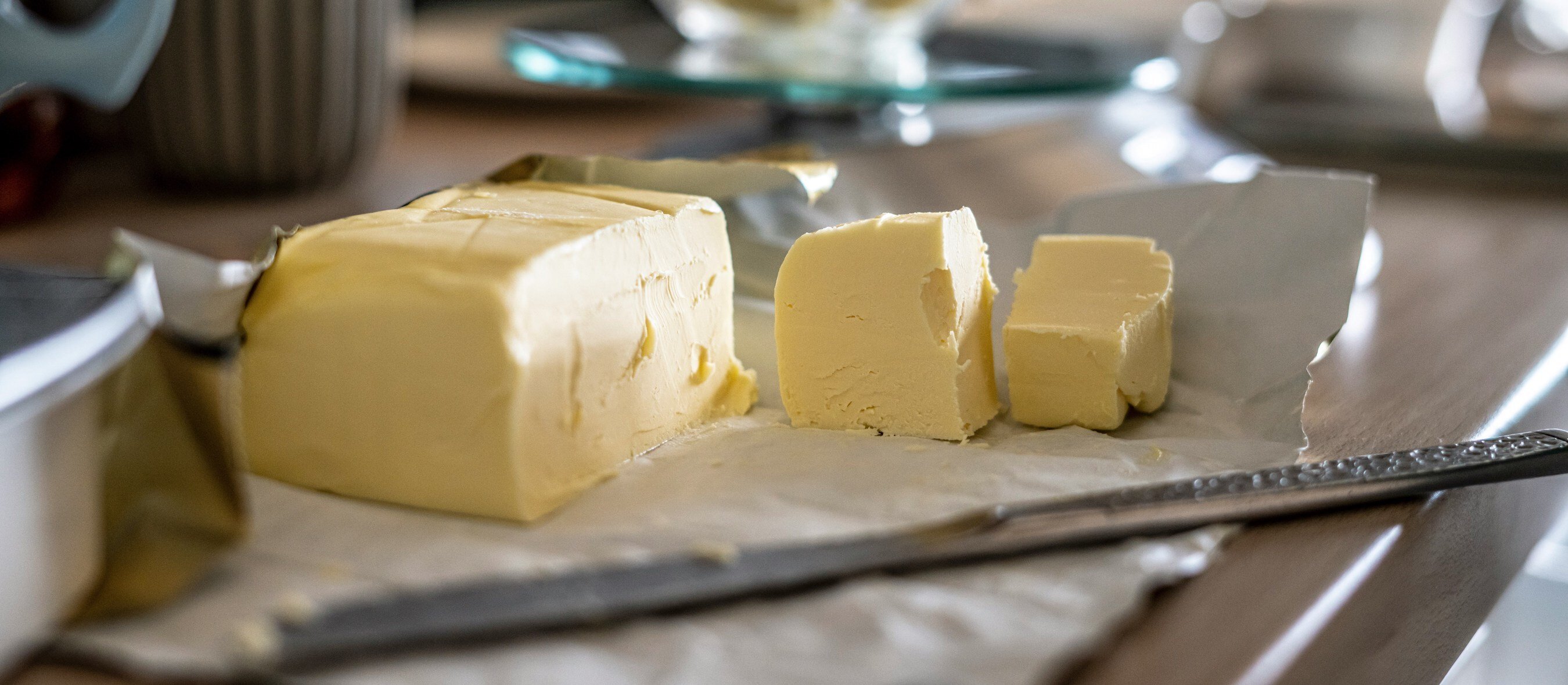
Preparing a choux pastry is not complicated per se, but requires strong arms and is a good replacement for a workout:
- Making the panade, a water, butter and flour mix. This extremely sticky mix lends its name to the expression “être dans la panade,” which is used to talk about a tricky situation you can’t get out of.
- Drying out the pastry. The panade has to be cooked on a low heat to eliminate excess humidity.
- Adding the eggs to the pastry once it’s cooled, incorporating air to help the choux to puff.
- The pastry is then ready to be shaped and baked immediately.
Watch the video below to follow pastry chef Dominique Ansel as he makes pâte à choux:
RECIPE: LES GOUGÈRES
Even though puffs have acquired their fame as pastries, their use is not limited to sweets. It is used to create pommes dauphines, quenelles, but also savory choux, such as gougères. These little cheesy puffs probably originate from Burgundy. Served either warm or cold, gougères are perfect for drinks with friends, or as part of a picnic in the park on a sunny day, especially when served alongside a glass of white wine from Burgundy.
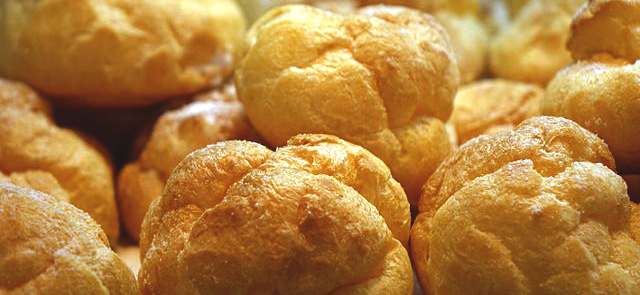
INGREDIENTS
For approximately 20 gougères, you’ll need:
As this recipe calls for precise measurements, we’ve listed all quantities by weight.
- 175g water
- 90g butter cut in cubes
- 2g salt
- 125g All-purpose flour
- 3 medium-sized eggs
- 125g Comté cheese
- Dijon mustard – to taste
- Black pepper
- Nutmeg
PREPARATION
- Preheat the oven to 320°F.
- Grate half the cheese and cut the other half into small cubes.
- Boil the water with the butter and the salt. Once it starts boiling, add the flour all at once and mix well using a spatula or a wooden spoon.
- Put the pot back on low heat, mixing continuously. The mix is crooked enough when it stops sticking to the sides of the pot.
- Let the mix cool for a few minutes, then add the eggs one by one, whisking well until fully incorporated.
- Add the grated and diced cheese, pepper, nutmeg and mustard. Mix well.
- On a baking sheet covered with parchment paper, create little piles of dough using either spoons or a piping bag.
- Put the sheet in the oven for 25 minutes. It’s critical that you never open the oven door, at the risk of witnessing the collapse of your puffs.
Bon appétit!
